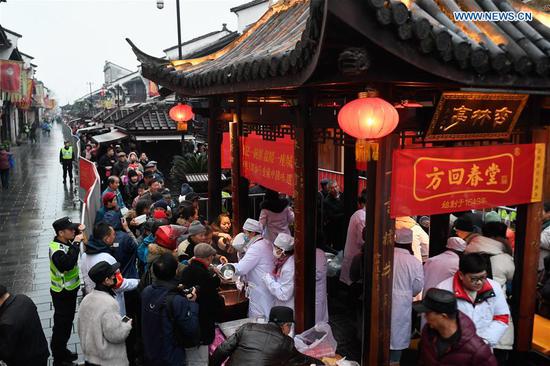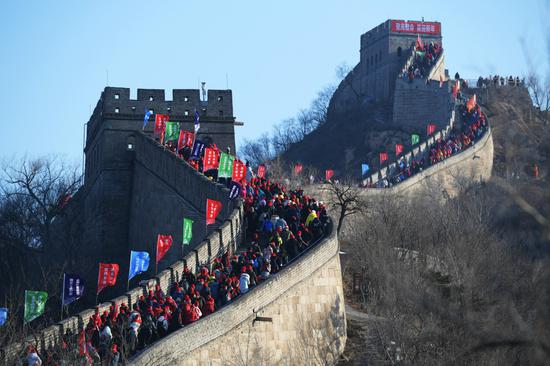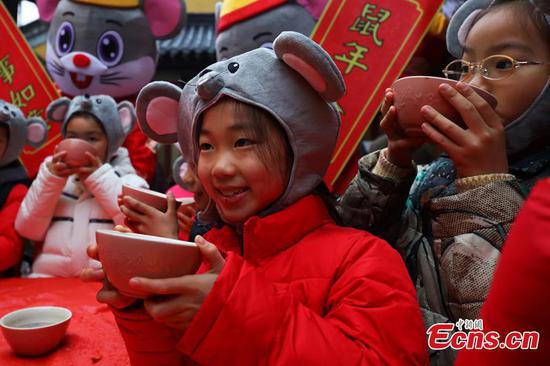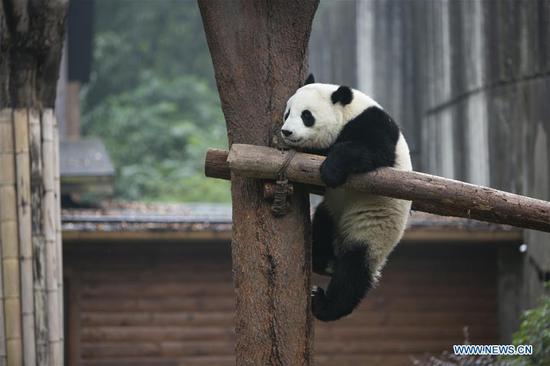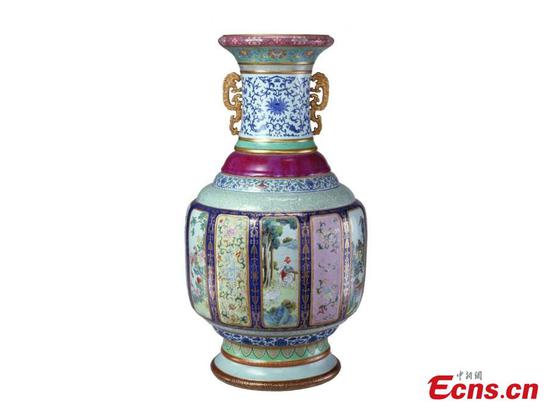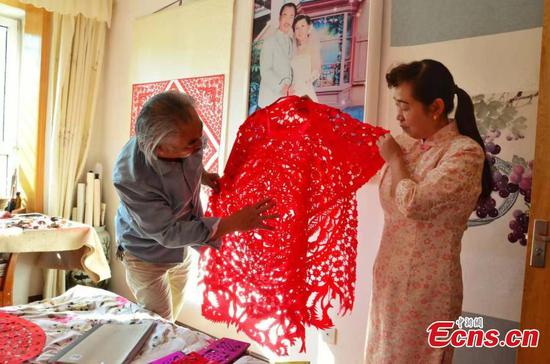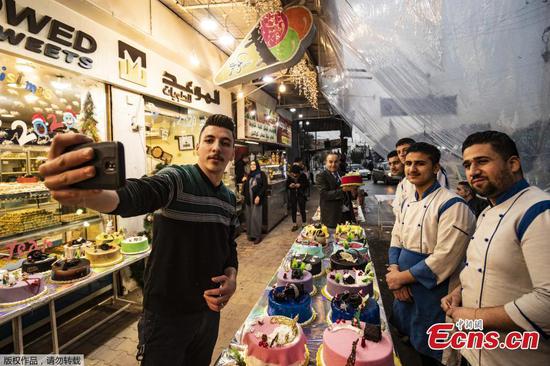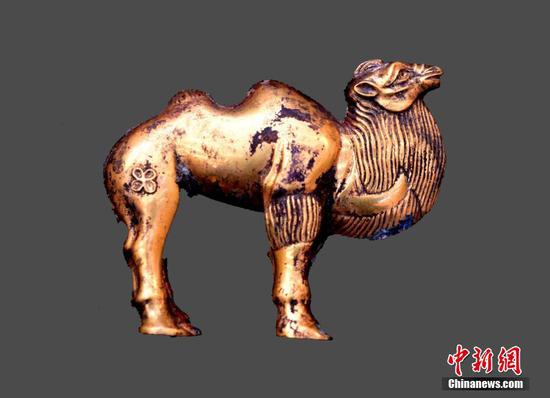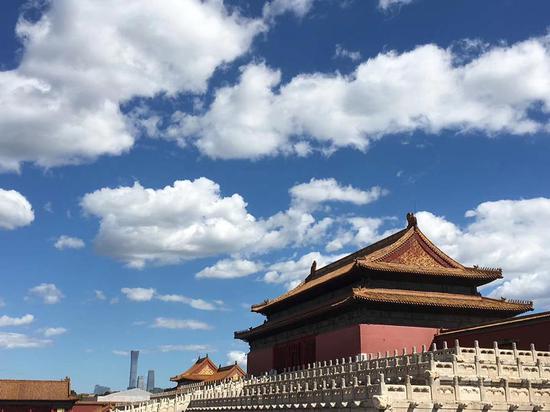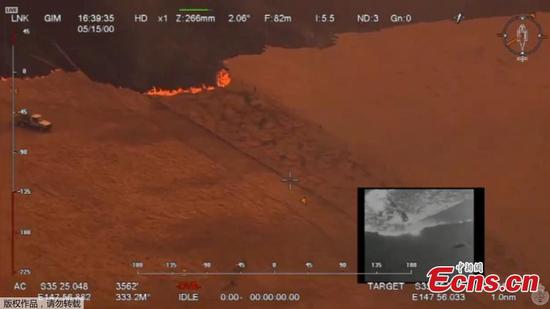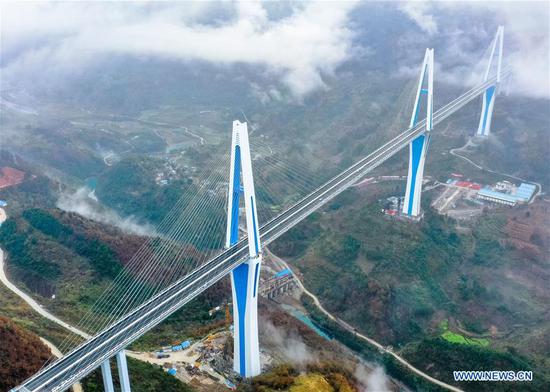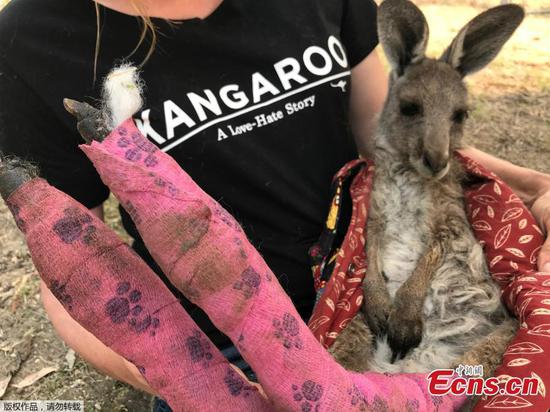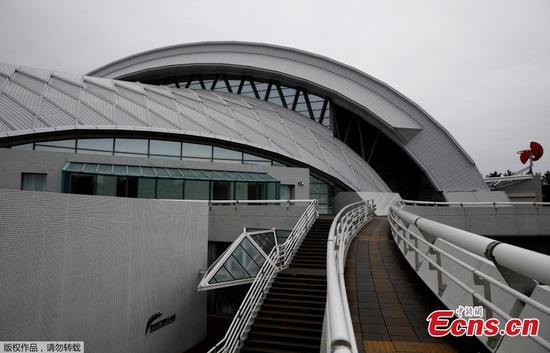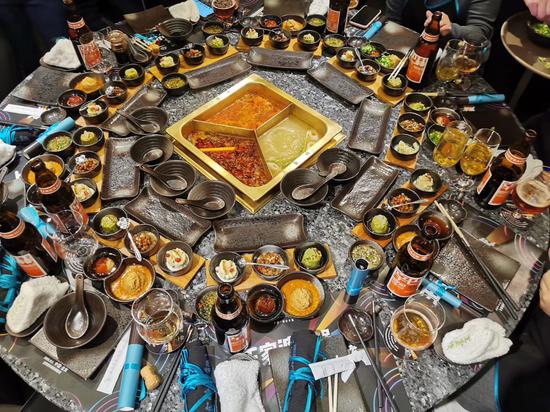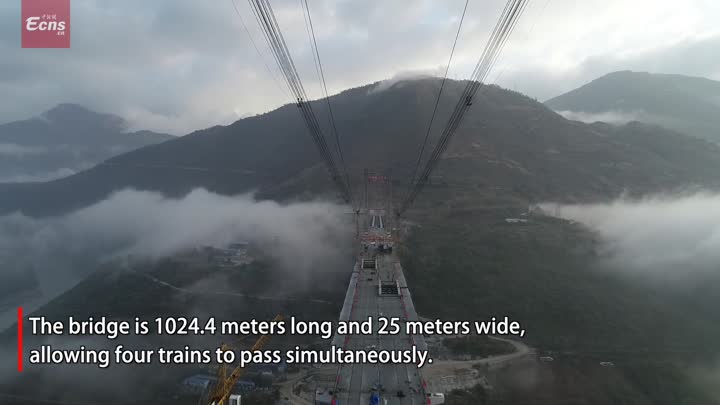
Visitors take photographs of wrist watches during a luxury products exhibition in Chengdu, capital of Sichuan province. (Photo by Zhang Lang/China News Service)
Online retailers looking to cash in on consumers' craze for designer fashion
China will continue to lead growth in the global luxury goods market, with the boom in the online luxury retail industry especially in lower-tier cities due to growing demand from tech-savvy consumers who tend to pursue exquisite and high-end lifestyles, industry analysts and insiders said.
Spending on luxury goods rose to $145.7 billion in 2018, up 7 percent year-on-year, accounting for 42 percent of the total global luxury goods market of about $347 billion, according to a report issued by global consultancy Deloitte and Chinese luxury e-commerce company Secoo Holding Ltd.
Luxury goods consumption in the lower-tier market is rising, with third-tier cities and below exhibiting strong growth in spending and purchasing power, the report said.
Online consumers of luxury goods in lower-tier cities are more willing to spend on men's apparel, men's footwear, digital products, and beauty and skincare products. However, consumers in first-tier cities spend more on traditional luxury goods such as bags, watches, jewelry, and women's apparel and footwear.
"As consumers in lower-tier cities have limited opportunities to purchase luxury goods through offline channels, they are now turning to online channels," said Zhang Tianbing, Deloitte Asia-Pacific consumer products and retail industry leader.
Chinese online retailers are looking to cash in on consumers' craze for designer fashion, joining forces with luxury brands which regard e-commerce platforms as the fastest-growing distribution channel globally.
Li Rixue, chairman and CEO of Secoo, said the company will step up efforts to expand and deepen collaboration with top-tier luxury brands to connect China's savvy shoppers with world-class fashion trends, as well as beef up its offline presence.
The luxury site reported its gross merchandise volume reached 3.661 billion yuan ($522.1 million) in the third quarter of 2019, representing an increase of 66.8 percent compared with the same period of the previous year.
Its total revenue reached 1.94 billion yuan in the July-September period, increasing by 23.5 percent year-on-year, while its net income rose by 38.3 percent to 62.1 million yuan.
Li said the growth momentum reaffirms the enormous and growing demand for online luxury shopping driven by the rise of the middle-income sector in China.
"We will remain focused on advancing our technology such as artificial intelligence, big data and cloud computing in order to expand at the deployment of intelligent operations across a wider area."
The Beijing-headquartered company has built a professional team to ensure the authenticity and quality of luxury products offered on its platform, and a maintenance factory for these commodities.
It also set up offline experience centers in first-and second-tier cities across the nation, such as Beijing, Shanghai, Tianjin and Qingdao.
In June, the company announced the establishment of an AI lab in cooperation with the Institute of Computing Technology under the Chinese Academy of Sciences. It will offer intelligent, reliable and safe authentication services, as well as a tailor-made shopping experience, by applying state-of-the-art technologies such as big data, deep learning and computer vision.
"AI technology will not only change the authentication process and content tagging, but also change the whole premium consumption ecosystem," Li said.
Secoo has also inked a strategic cooperation with Ultrain, a public-blockchain technology venture, to promote the adoption of blockchain technology in the authentication of luxury products.
Launched in 2008, the company now has 400,000 items sourced from across the world in its collection and has partnered with more than 3,800 high-end brands, including Prada, Versace, Salvatore Ferragamo and Tod's.
Chinese luxury spending is expected to double to 1.2 trillion yuan by 2025, delivering 65 percent of growth in the market globally, a report from global consultancy McKinsey said.
Chinese e-commerce giant JD and Farfetch Ltd, a UK-based luxury fashion site, have expanded a strategic partnership to build the premier luxury gateway to China.
JD's independent luxury e-flagship platform Toplife has been merged into Farfetch China, a move that allows JD's 300 million customers access to more than 3,000 brands via Farfetch's network of more than 1,000 luxury brand and boutique partners.
The partnership builds on the existing relationship between Farfetch and JD which started in July 2017. Since then, Farfetch has leveraged JD's logistics capabilities in China, along with the insights into the behavior of China's luxury consumers.
In October, Alibaba Group Holding Ltd partnered with luxury goods conglomerate Richemont to offer services from online retailer Yoox Net-a-Porter Group to Chinese consumers. In 2017, Alibaba launched Luxury Pavilion, which features an array of designer labels from apparel, perfumes and beauty products to watches and jewelry.
China is expected to continue its dominance in the global luxury scene, said Bruno Lannes, a partner in global management consulting firm Bain &Co Shanghai office, while noting the millennial generation is still the main driving force for the development of China's luxury market.
He said digitalization, covering both e-commerce and consumer engagement through digital platforms, continues to fuel luxury spending in China. Luxury brands are increasingly allocating a growing share of some 60 to 70 percent of their marketing budget to digital marketing platforms.
"Online luxury sales increased by 27 percent in 2018 to reach 10 percent of total luxury sales, but this growth is still driven by cosmetics, while online penetration in other categories remains very low," Lannes said.










